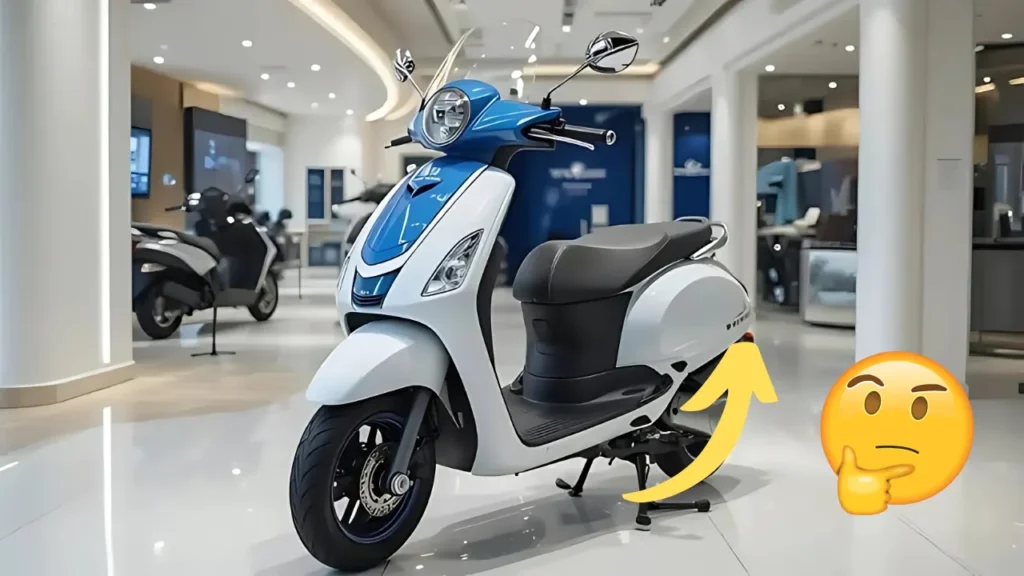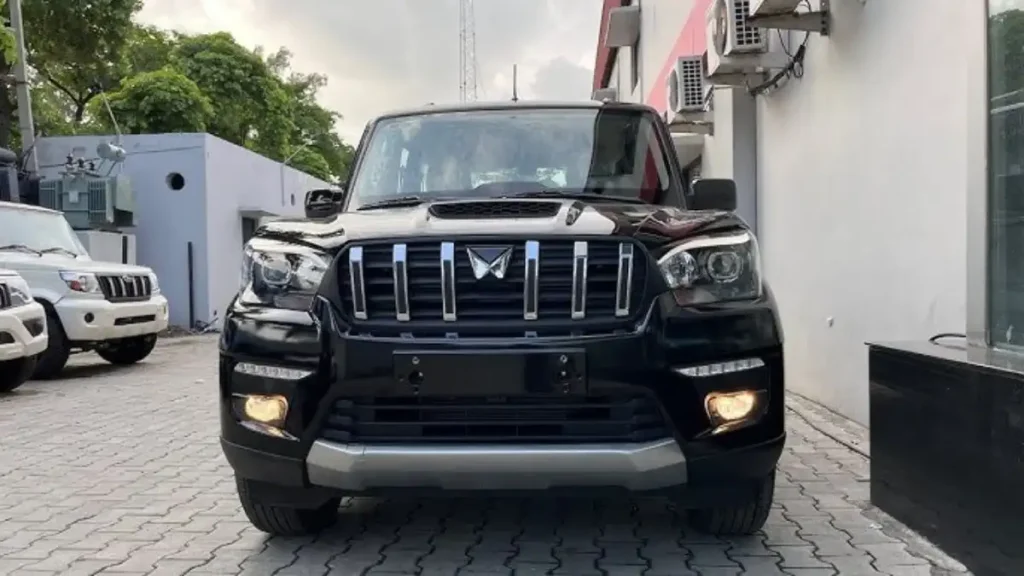Tata Motors has officially entered India’s electric two-wheeler market, marking a significant step forward for the automotive giant. With urban mobility evolving rapidly, Tata’s debut in this segment is both promising and challenging.
This article explores Tata’s strategy, technological innovations, and the impact this electric scooter will have on India’s growing EV market.
Strategic Entry into the EV Market
Tata’s entry into the electric scooter segment has been a well-planned move. Unlike competitors such as Ola Electric, Ather, TVS, and Bajaj, Tata focused on building the necessary infrastructure before launching its two-wheeler.
“We took our time to develop not just the product but a complete ecosystem that makes electric mobility a practical choice for Indian consumers,” said Rajesh Kaul, Head of Tata’s Electric Mobility Division.
Tata leveraged its Tata Power network, installing over 4,000 charging stations across 300+ cities by early 2025, addressing the major concern of range anxiety.
Government policies have also played a role in creating a favorable environment for EVs. Incentives for battery manufacturing and rising fuel prices have increased consumer interest in electric mobility.
Innovative Design Approach
Branded as the Nexon Electra, Tata’s electric scooter stands out with a design that blends modern practicality with India’s transportation heritage.
Chief designer Pratap Bose explains, “We wanted a scooter tailored for Indian roads, ensuring ample storage, comfortable seating, and high ground clearance.”
Distinctive design elements include wraparound LED lighting inspired by the Tata Nexon SUV, textured side panels, and a brushed aluminum finish referencing India’s railway heritage. The scooter comes in seven colors, including a limited-edition Heritage Green, paying tribute to the iconic Tata 407.
Battery Technology & Performance
Unlike many competitors, Tata has developed in-house battery solutions through its Agratas battery division. The Nexon Electra offers two battery options:
- 2.9 kWh Standard Version – Range: 108 km
- 3.7 kWh Extended Version – Range: 142 km
Using lithium iron phosphate (LFP) batteries, Tata prioritizes safety and longevity over high energy density alternatives. The scooter comes with an 8-year/80,000 km warranty, exceeding industry standards.
Performance highlights include:
- 6 kW peak power
- 0-40 km/h in 3.6 seconds
- Top speed of 80 km/h
- Passive liquid cooling for thermal management
Smart Connectivity & Digital Integration
Tata’s iRA (Intelligent Real-time Assist) system enhances the Nexon Electra’s functionality. The companion app allows users to:
- Locate and reserve Tata Power charging stations
- Schedule and pay for charging via Tata Pay
- Monitor vehicle health and schedule maintenance
- Enable Family Share Mode, allowing multiple riders with customized settings
Fleet operators also benefit from real-time route optimization based on available charging infrastructure.
Mahindra Bolero’s New Look Set to Launch This Month – Price Starts at Just ₹8 Lakh!
Manufacturing & Sustainability
Tata is producing the Nexon Electra at its Pune facility, with an initial capacity of 150,000 units annually. The plant prioritizes sustainability by using 40% renewable energy and a closed-loop water recycling system.
By late 2025, Tata aims to shift to domestically manufactured battery cells, reducing reliance on imports. Additionally, a battery second-life program will repurpose used EV batteries for stationary energy storage before recycling.
Competitive Pricing & Market Positioning
The Nexon Electra is positioned between budget and premium models:
- Standard Range: ₹90,000 (ex-showroom)
- Extended Range: ₹1,05,000 (ex-showroom)
Tata is targeting urban commuters who prioritize reliability and cost efficiency over flashy features.
Consumer Response & Future Plans
Early feedback from test rides across 12 cities has been positive, with users praising the build quality, handling, and integration with Tata’s ecosystem.
While Tata faces competition from established EV brands, its advantages lie in its dealer network, manufacturing scale, and infrastructure-driven approach.
Looking ahead, Tata plans to introduce a budget-friendly delivery fleet model and a premium version with advanced rider assistance features by 2026. Additionally, Tata Power aims to double its charging network to 10,000 stations by 2027, focusing on residential solutions.
Conclusion: A Game-Changer in India’s EV Market
Tata’s entry into the electric scooter market is a significant moment for India’s EV industry. Its focus on infrastructure, battery longevity, and consumer-friendly pricing makes the Nexon Electra a strong contender.
As India moves towards its electric mobility goals, Tata’s commitment to the segment accelerates the transition from traditional combustion scooters to sustainable transportation.
With a well-planned strategy, Tata is not just launching a scooter—it is reshaping India’s electric vehicle landscape.

Hi, I’m Ravi Kumar – the founder of snsnn.in and the lead writer for the Automobile category. I’ve always had a deep passion for cars, bikes, and everything that moves on wheels. Through this blog, I share my personal experiences, in-depth research, and honest insights about the latest vehicle launches, reviews, and emerging auto technologies like electric vehicles (EVs).
With years of closely following the auto industry, I aim to provide content that’s not only informative but also trustworthy and easy to understand. I believe in writing articles that help readers make smart and confident decisions when it comes to choosing vehicles or staying updated with automotive trends.
Whether you’re a car enthusiast or simply someone looking for reliable information before your next purchase, I’m here to make the complex world of automobiles simple and engaging for you.


